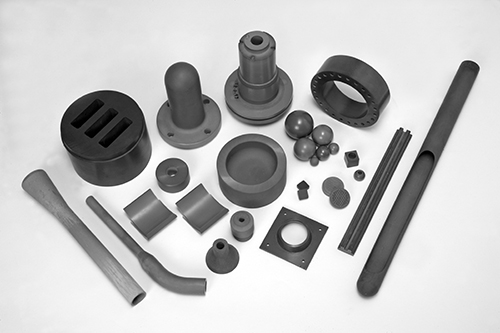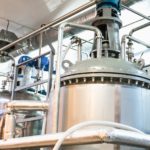Sialons were developed as a more cost-effective substitute for hot-pressed silicon nitride. They have a complex chemistry and should be considered a family of alloys with a broad range of properties. Sialons are formed when silicon nitride (Si3N4), aluminium oxide (Al2O3) and aluminium nitride (AlN) react. The materials combine to form a wide range of chemical compositions.
International Syalons is one of the UK’s foremost manufacturers and suppliers of high-performance ceramics derived from silicon nitride and sialon ceramics. Our comprehensive guide to the properties and applications of sialon ceramics has recently been published on AZoM, and here is a brief introduction to the extensive article, which can be viewed for free using the link below.
Background
Fully dense polycrystalline bodies can be formed via pressureless sintering if sintering aids, such as yttrium oxide or magnesium oxide, are added to the compact. This innovative technique allows near-net complex shaped components to be produced in a cost-effective way. The two most common crystalline phases formed in sialon ceramics are β-Sialon and α-Sialon, where combinations of both phases can be incorporated into a single monolithic ceramic with compositions being developed to suit specific applications.
Key Properties
Sialons can exhibit the following properties:
- Low density
- High strength
- Superior resistance to thermal shock
- Excellent wear resistance
- Fracture toughness
- Mechanical fatigue and creep resistance
- Oxidation resistance
In comparison to hot-pressed silicon nitride, the very high temperature-resistance properties of SiAlON materials produced via pressureless sintering are limited by the glassy phases that form at grain boundaries during the sintering process.



